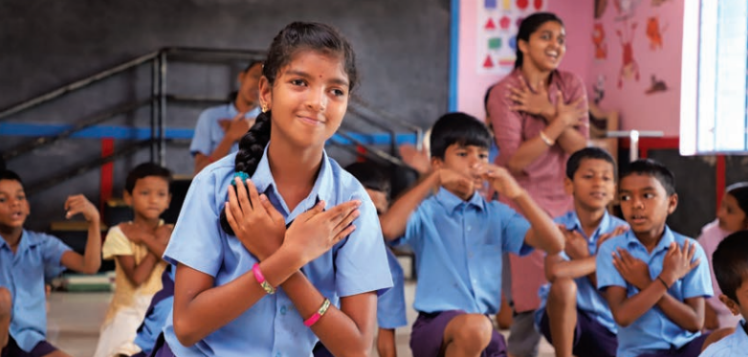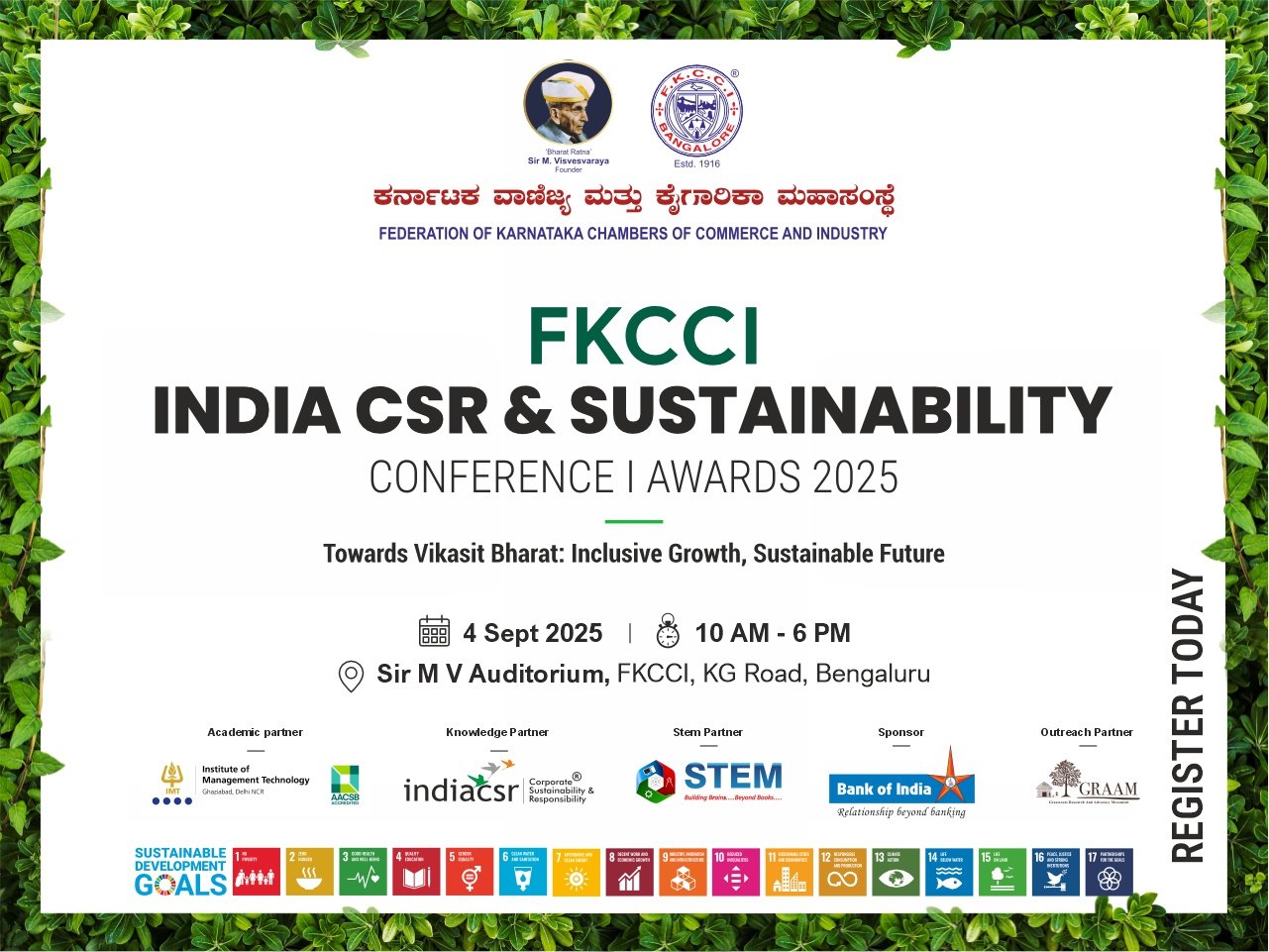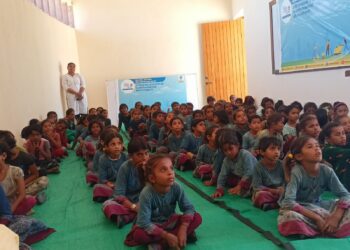If the climate and inequality crisis is not addressed with urgency, the frequency and severity of humanitarian and cost of living crises are set to soar.
New Delhi: More than 222 million children across India – 51% of the country’s children – are living with the dual impacts of poverty and the climate emergency, according to new research by Save the Children.
They are among almost 350 million children across Asia who are gripped by both grinding poverty and climate disaster. Cambodia topped the list of Asian countries most likely to face this “double threat”, with 72% of children in the country affected, followed by Myanmar (64%) and Afghanistan (57%). However, India was highest ranked globally in terms of overall number of children facing this “double threat”.
The report – Generation Hope: 2.4 billion reasons to end the global climate and inequality crisis – developed by Save the Children with climate modelling from researchers at the Vrije Universiteit Brussel (VUB) – found that, while 351.9 million children in India are estimated to be affected by at least one extreme climate event a year, some of them are at particular risk because they are living in poverty and so have fewer resources to protect themselves and recover.
Globally, 774 million children fall into this high-risk group, according to the report.
Higher-income countries are not immune from this “double threat”. The report found that 121 million children facing both climate disaster and poverty live in higher income countries. More than four out of ten children affected (12.3 million) live in the US or the UK.
Save the Children warned that, if the climate and inequality crisis is not addressed with urgency, the frequency and severity of humanitarian and cost of living crises are set to soar.
Save the Children’s Chief Executive Officer in India, Mr. Sudarshan Suchi, said “The climate emergency and issues of inequality are deeply connected, and cannot be dealt with in isolation from each other. In India, this connection could not be any more obvious. The disastrous floods we’ve seen in Assam, Kerala and cyclone prone Odisha hit the marginalised communities the hardest, leaving thousands of people hungry and homeless. Crises like these push people even deeper into grinding poverty and leave millions of people even more vulnerable to the next flood or drought.
As leaders prepare to travel to the COP27 and G20 summits in November, and especially as India gears up to host G20 summit next year, our most vulnerable children should be at the forefront of their minds. In particular, the world’s richest countries, whose historic emissions have driven the climate and inequality crisis, must lead the way in unlocking trillions in financing for countries that are struggling to protect their children from its impacts, including through climate finance – particularly for adaptation and loss and damage.






















